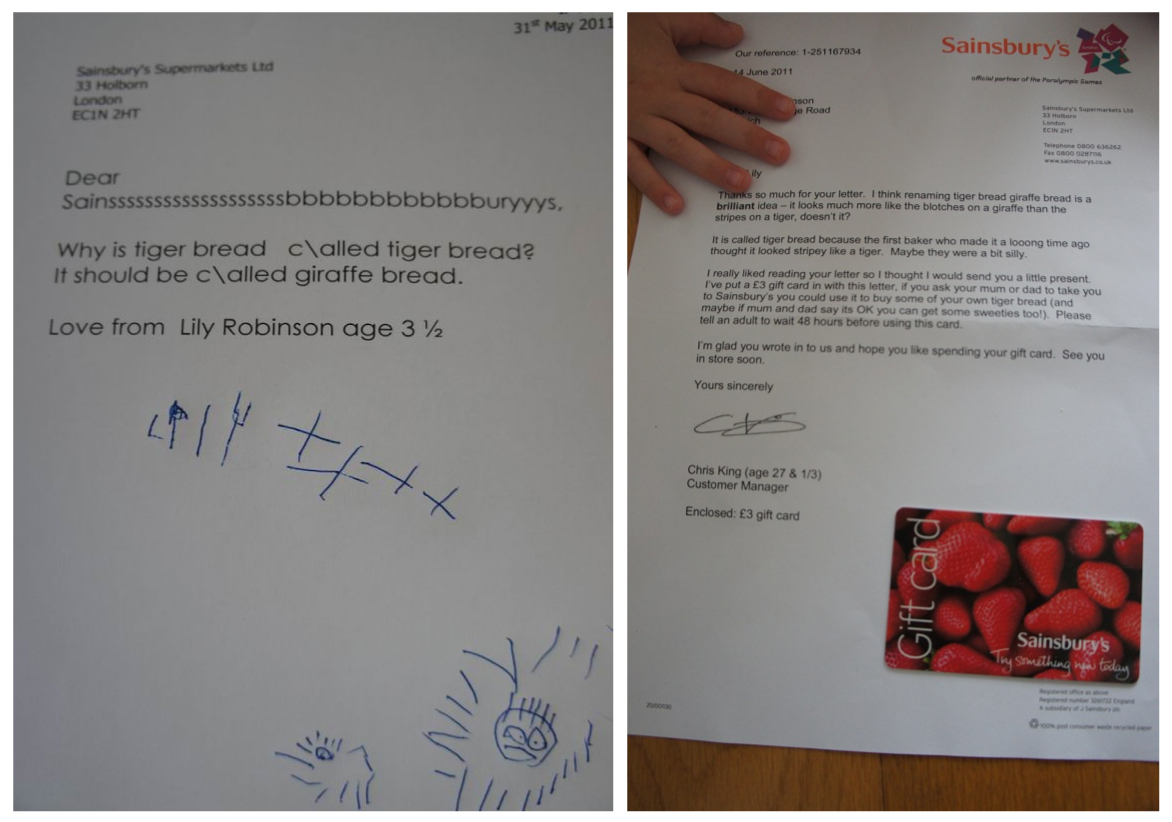Connecting with customers can be tricky at times, especially if you’re getting negative reviews. Luckily, we’re here to give you all the advice you need to communicate with your customers effectively.
When you are establishing your business and brand, you are going to need to understand your target audience. Only when you have a good idea of who it is you are speaking can you begin to work out how to speak to them. In this article, we’ll be looking into some of the most common types of customer communication and giving you tips and tricks to help you attract and hold people’s attention.
Email Formality

Writing emails can be a bit of a chore at times, especially if you have to send hundreds every day. One of the key problems for most people is knowing how to sign-off at the end. If you have ever got to the end of an email and thought to yourself ‘is yours sincerely too formal? But best regards doesn’t sound formal enough’, then this article will help make your life a little easier.
The first thing to remember is that most people sending emails have a problem with email sign-offs, whilst those receiving them usually won’t notice. However, it really depends on the person. This is where the problem arises. You don’t know the person and, as a result, you don’t know what their reaction will be to your sign-off. Luckily, there are certain conventions we can take from traditional letter writing which still apply to emails.
Position of Authority

The position of authority in your emails matters. There’s a big difference between sending a quick email to a friend and appealing to a potential future employer for work. Happen those latter two roles are reversed, what then? Well, employers should also treat their prospective employees with respect, the only difference being that employers ought to lead by example. This brings us on to the first convention in email sign-offs; following or leading by example.
If you are appealing to someone whom you believe to be in a position of authority then, as a general rule, open formally and await their response. Once they have responded, then you can mimic their style.
In traditional letter writing there are two forms of sign-off: ‘Yours faithfully’ and ‘Yours sincerely’. ‘Yours faithfully’ is used when you don’t know the addressee’s name and ‘Yours sincerely’ is used when you do. There are, of course, other variants such as ‘Yours truly’, but it’s best to save those for love letters.
When it comes to emails, both ‘Yours faithfully’ and ‘Yours sincerely’ are often deemed to be too formal. As a result, people tend to opt for ‘Kind regards’ or ‘Best regards/wishes.’ The same rules can be applied to these as with the two sign-offs in letter writing. ‘Kind regards’ is the more formal of the two and therefore should be used if you don’t know the person’s name, while ‘Best regards/wishes’ can be used once you have built up a rapport or the person in the position of authority has started using it.
Bulk Emails and Newsletters for Customers

When it comes to sending bulk emails and newsletters to customers, the rules change again, and they will depend on several factors. The primary is your brand image and in-house style. If your whole brand image revolves around being easy-going and fun, then sending formal emails to your customers will send out the wrong message. As you can probably guess, the reverse is also true. That is why it is important first to establish your brand image and voice.
Once you have a clear idea of what your image is and the message you want to send out to your customers, then you can come up with a company sign-off related to your product or brand. For example, Coca-Cola first launched their ‘Share a Coke’ campaign in Australia in 2011. For this, they could have used ‘Keep sharing.’ This invokes the company message and invites the customer to advertise the product by word-of-mouth.
One popular sign-off that is used is ‘keep smiling’. This is one to be wary of, however, depending on your GEO. If you are selling in the states, then it can work quite well. In the U.K. on the other hand, people hate being told to smile and the message will come across as either rude or too soppy. Therefore, it’s best to choose something emotionally neutral, yet still maintain a positive/professional stance.
Responding to Negative Criticism and Complaints

Customers won’t always be happy, and dealing with individual complaints is part and parcel of any job. Thanks to review sites like ‘Yelp’, ‘Amazon’, TripAdvisor’ etc., people now tend to favour public review platforms. However, your response to these, and to personal emails, ought to be similar.
The most important thing here is to address your customers’ issues while remaining calm. If you give out an angry response online, then you are likely to lose customers fast. There are very rare incidences where being surly can generate a good response, but it’s a very dangerous marketing game and if your brand image isn’t about being rude then don’t attempt this. However, if you are interested in seeing what it looks like, then check out this link for ‘The White Moose Cafe’ in Dublin, Ireland. It can be an explosively effective but risky strategy which you may want to consider for a later campaign.
For the majority of brand images, however, it’s always good to be humble and, if you follow the American mantra of customer service, then ‘the customer is king’. This means that they have the position of authority and as such, you should speak to them on their terms and address them with respect, regardless of your house style.
You won’t always get this right and expect a few bumps and scrapes along the way. Especially when dealing with people who want nothing more than to tarnish your brand name. Marketing is dog eat dog, and occasionally you’ll get a competitor who just wants to stick the knife in. In cases like this, if you are responding on a public platform, try to get them to speak to you privately via email, that way you can deal with things more effectively. What’s more, you can offer them something, e.g. a discount, voucher, money back etc. Don’t do this publicly or everyone will start complaining just to get free stuff.
Highlight Positive Reviews
Some companies get lucky and receive humorous, positive reviews. If this happens, contact the customer and ask them if it’s ok to share their review with your followers. If they say yes, then make sure you hide their name and any personal details, and then post it to your followers along with a brief outline of the context. In 2011, leading British supermarket ‘Sainsbury’s’ received an enquiry from a young girl asking why tiger bread was called tiger bread, given that it had spots and not stripes. Sainsbury’s capitalised on this and shared the correspondence:

However, it doesn’t end there. Sainsbury’s went one step further and renamed the bread in all of their stores.

This was a golden opportunity offered up to Sainsbury’s, and they took it with both hands and ran with it, and it highlights just how valuable feedback can be. In this case, the girl had made an excellent point, and Sainsbury’s listened and took it on board. Therefore, make sure always to read what people are writing and, when the customer is right, don’t be afraid to take their advice.

